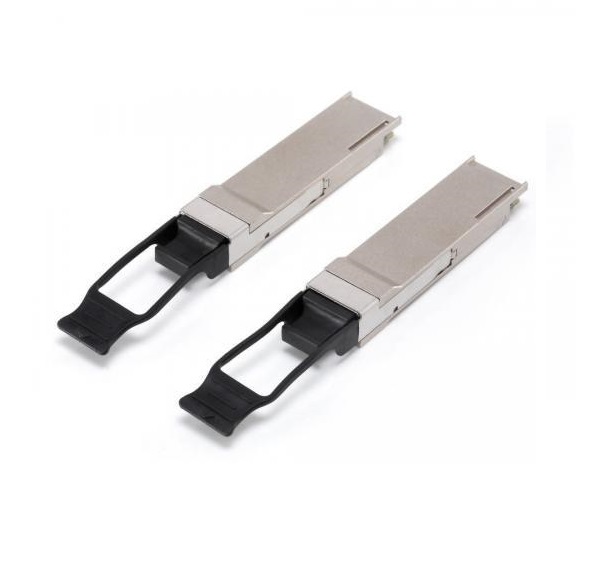- Sales SupportContact Sales
- Call us at: +(86) 15211074652
- Send us a email at: info@zr-fibercable.com
QSFP28 ER4 Optical Transceiver Overview
The QSFP28 ER4 optical transceiver is a high-performance and cost-effective solution for long-reach data transmission in data centers and telecommunications networks. This overview provides a comprehensive analysis of the QSFP28 ER4 optical transceiver, including its features, working principle, applications, advantages, and key considerations for deployment. The overview also explores the market trends, major players, and future prospects of the QSFP28 ER4 optical transceiver in the rapidly evolving field of high-speed data transmission.
Introduction
The demand for high-speed data transmission has led to the development of advanced optical transceivers, such as the QSFP28 ER4. This section provides an introduction to the QSFP28 ER4 optical transceiver, highlighting its importance in meeting the increasing bandwidth requirements of modern networks.
Features and Specifications
The QSFP28 ER4 optical transceiver offers a range of features and specifications that make it suitable for long-reach applications. This section outlines the key characteristics, including the form factor, data rate, transmission distance, and wavelength specifications.
Working Principle
The QSFP28 ER4 optical transceiver utilizes the principle of coherent optics for efficient data transmission. This section explains the working principle, including the use of four parallel single-mode fibers, modulation schemes, and signal processing techniques.

Applications
The QSFP28 ER4 optical transceiver finds applications in various industries and network environments. This section explores the key application areas, including data centers, metro networks, and long-haul telecommunications networks, where the transceiver's long-reach capabilities are crucial.
Advantages
The QSFP28 ER4 optical transceiver offers several advantages over other optical transceiver options. This section highlights the benefits, such as high data rates, long transmission distances, compatibility with existing infrastructure, and cost-effectiveness, making it an attractive choice for network operators.
Deployment Considerations
Before deploying QSFP28 ER4 optical transceivers, several factors need to be considered. This section discusses important considerations such as network compatibility, power consumption, heat dissipation, and network management requirements for successful deployment.
Market Trends
The market for QSFP28 ER4 optical transceivers is influenced by various trends and developments. This section explores the current market trends, including the increasing demand for higher bandwidth, the adoption of coherent optics, and the shift towards pluggable transceivers.
Major Players
Several key players in the optical transceiver industry offer QSFP28 ER4 transceivers. This section provides an overview of the major players, their product offerings, and their market strategies.
Future Prospects
The future prospects for QSFP28 ER4 optical transceivers look promising. This section discusses the potential growth opportunities, advancements in technology, and emerging applications that will drive the market for QSFP28 ER4 transceivers in the coming years.
The QSFP28 ER4 optical transceiver is a vital component in long-reach data transmission applications. Its high-performance capabilities, cost-effectiveness, and compatibility with existing infrastructure make it a preferred choice for network operators. With the increasing demand for high-speed data transmission and the evolution of networking technologies, the market for QSFP28 ER4 optical transceivers is expected to witness significant growth in the foreseeable future.
You might be interested in
We use cookies to ensure that we give you the best experience on our website. By clicking on "Accept" or continuing to use this site, you agree to our use of cookies in accordance with our Cookie Policy .You can refuse the use of cookies here.
Accept

